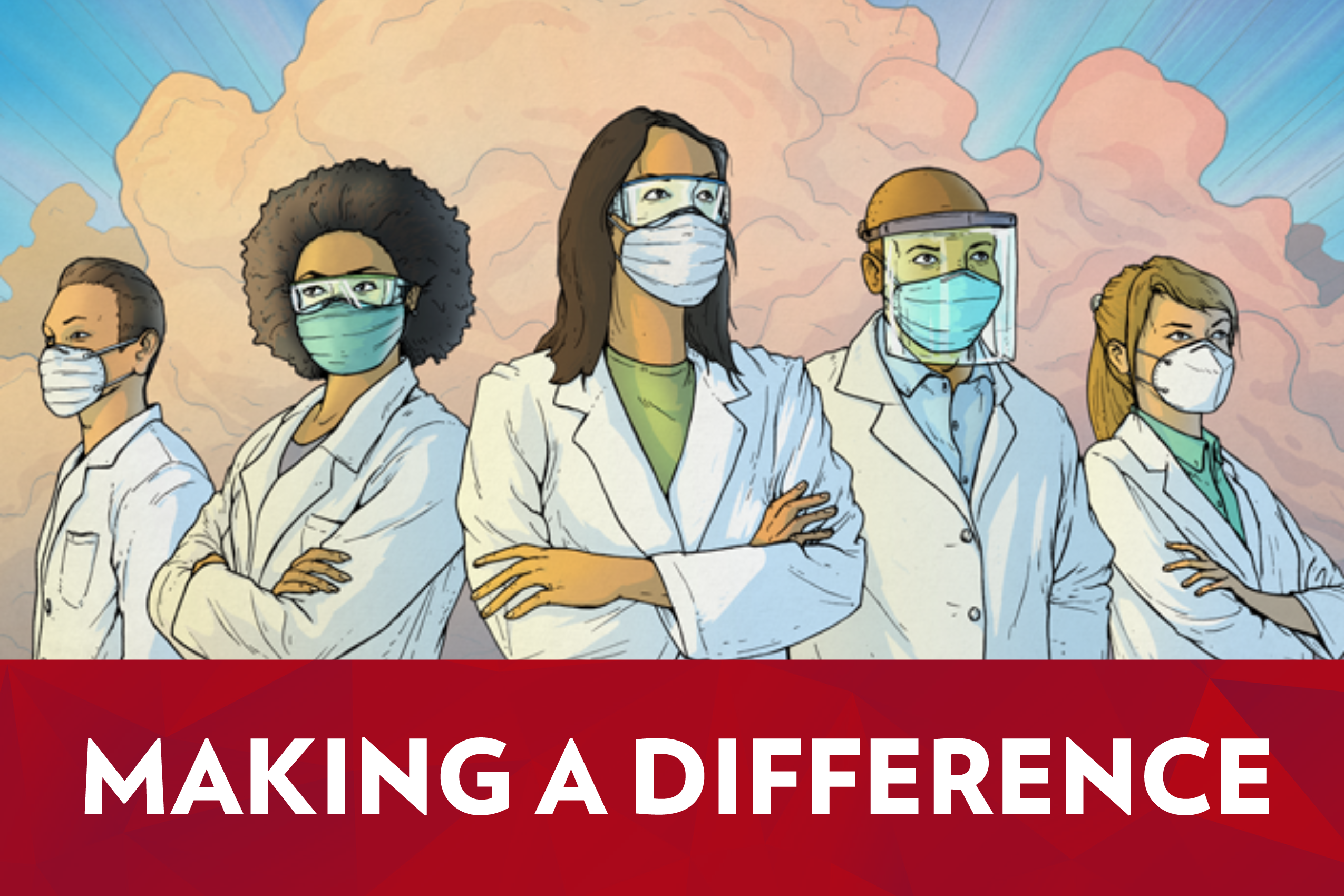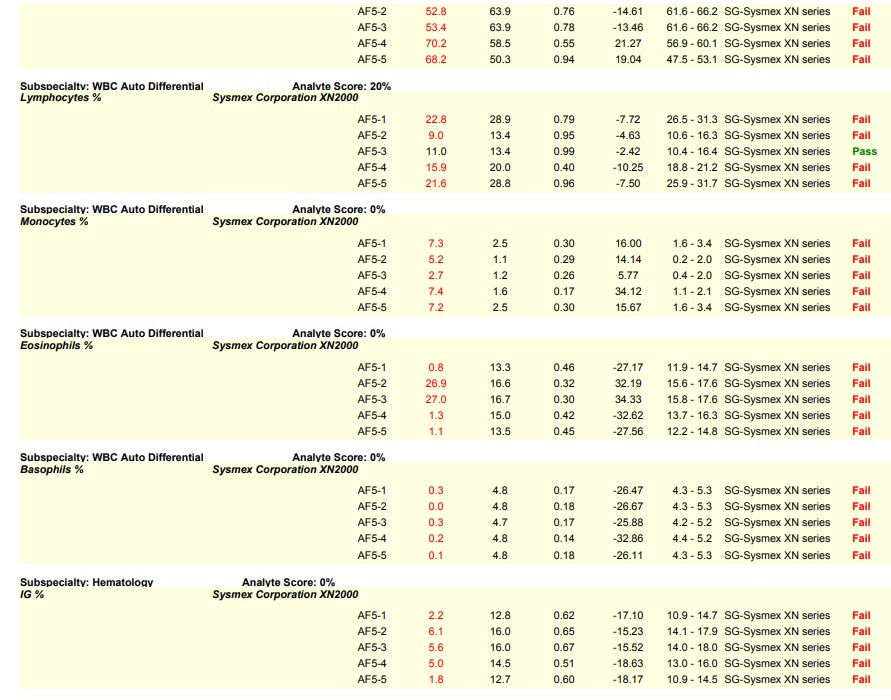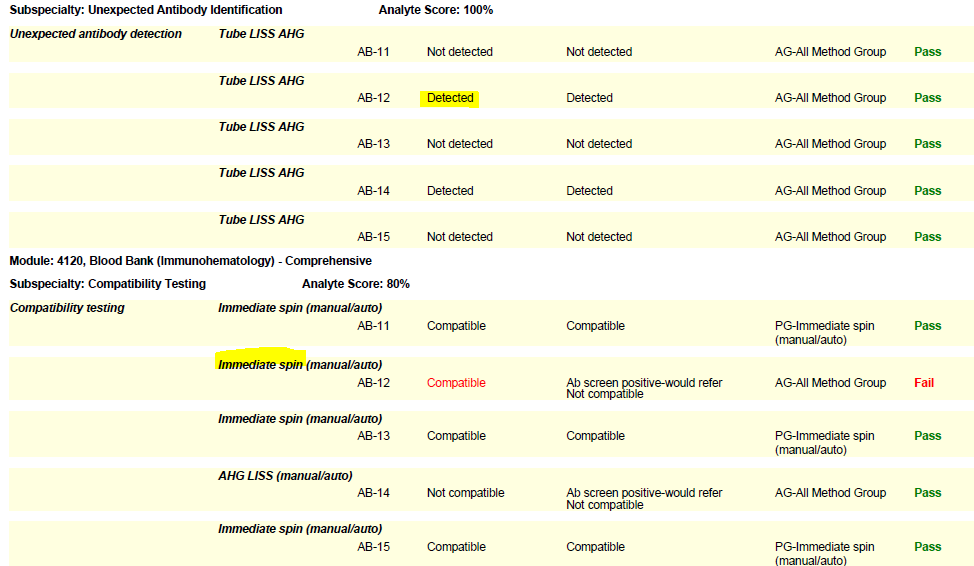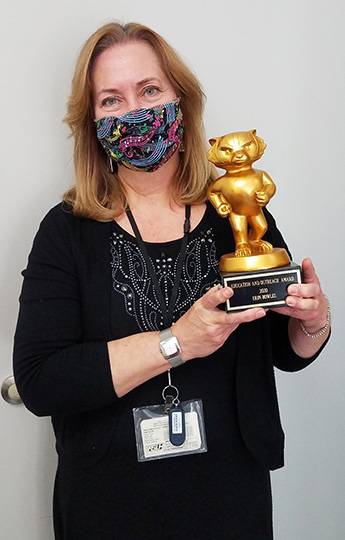
We all know that making connections and continuing our education matters for our development as clinical laboratory professionals. Joining a professional clinical association can be an excellent avenue for boosting our professional development. There are countless benefits for our membership in a professional association. We network and connect with others at conferences hosted by professionals associations, for various reasons. We obtain continuing education credits (CE) at conferences and year-round online. We also take other avenues to educate ourselves and others through training and competency coursework offered by colleges or other providers dedicated to clinical laboratory improvement. Taking advantage of these learning opportunities help us stay proficient in our knowledge, skills, and abilities and helps us stay up-to-date on industry trends. What we may not always take into account is the beneficial return we receive when investing some of our precious time and energy to take on a leadership role or invest in our education. Clinical laboratorians are very busy year-round; how do we justify the time we spend on our professional development initiatives?
Our time and energy is precious. If you are thinking about volunteering, be sure to spend plenty of time reflecting and discerning why you’re taking on a leadership role. Choosing volunteer opportunities that provide a selections process can help determine if the project or committee goals align with your professional development and leadership goals. Regardless of the organization’s process, understanding why you are getting involved can help determine if the service position is relevant to you, and a nourishing environment for your development. Do you want to deepen your professional relationships? Do you want to find ways to increase knowledge-sharing in the industry? Do you want to develop your leadership competencies to help you step into a managerial role? It is important when considering your involvement in a professional association that you feel an enthusiastic “Yes.” If you are feeling neutral about the subject, you may need more time or different questions to determine your interest. If you are not feeling enthusiastic about getting involved, it may mean that other areas of your work and life need your attention and care instead.
Volunteering can significantly impact our learning experience, assuming that our model of leadership development is based primarily on direct, practical experience. Taking on a leadership role with a professional association can therefore be a great way to supplement our current on-the-job experience. Seeking volunteer experiences outside of our industry and in the communities where we live also provides us learning and leadership opportunities that we can carry with us into our careers. There are so many skills that you already use every day at work and at home. What do you want to learn? When seeking volunteer opportunities outside of work, cross out the “can do” skills and focus on the “want-to” skills – the ones that you could see yourself using every day without getting bored. Learning skills outside of work that you will enjoy will help you develop strengths that can impact your career and quality of life in ways that you may not expect. Start out by recognizing the strengths that you are already using in your everyday life. Print out a list of strengths or gifts, circle the skills and abilities that you have and underline the ones that you want. Don’t forget to add your own, if you do not see your particular strength or gift listed!
If you are interested in getting involved in a professional association, maintaining annual membership is the very first step, of course. There are many national and international professional associations with regional and state chapters where you can get involved. Below, you will find a list of the professional associations known for their substantial membership and volunteer opportunities. Click on the hyperlinked text to discover ways to get involved, including governance councils, program committees, and communications teams.
- AABB: International, not-for-profit association representing individuals and institutions involved in the field of transfusion medicine and cellular therapies. Formerly known as the American Association of Blood Banks.
Get Involved: AABB Assessor, Mentoring Program, Committee Membership, Junior (Student) Committee Membership, Social Media Collaboration, Leadership-Run for Office, Transfusion Medicine Section, Cellular Therapies Section, AABB Hub (Knowledge Sharing Forum)
- American Association for Clinical Chemistry (AACC): International society comprised of medical professionals with an interest in clinical chemistry, clinical laboratory science, and laboratory medicine.
Get Involved: Local AACC Sections, Scientific Division Leadership Roles, Society for Young Clinical Laboratorians, AACC Artery (Knowledge Sharing Forum) - American Society For Microbiology: Promotes and advances the microbial sciences as one of the largest life science societies in the world.
Get Involved: Guide the Organization, Shape the Science, Build Community, Advocate, Train & Mentor, Communicate Science
- American Society for Clinical Laboratory Science: Mission is to make a positive impact in health care through leadership that will assure excellence in the practice of laboratory medicine
Get Involved: To serve on a national committee, sign up here. To view the list of national committees available to ASCLS
members, click here. To volunteer for state or local committee positions, contact your local or state chapters of ASCLS.
- American Society for Clinical Pathology: Mission is to provide excellence in education, certification, and advocacy on behalf of patients, pathologists, and laboratory professionals across the globe
Get involved: Public Policy, Career Ambassador 2.0, Patient Champions, Partners for Cancer Diagnosis and Treatment in Africa, Center for Global Health, Choosing Wisely, Social Media Team, Governance and Member Councils, ASCP Product Development, and BOC Exam Committees
- CLMA: An international association whose mission is to empower laboratory professionals to achieve excellence in leadership through forward-thinking educational, networking, and advocacy opportunities
Get Involved: Regarding CLMA Chapters, ASCP is now coordinating the activation of CLMA Chapters in your local area. For 2022, ASCP is waiving the Chapter administrative fee, as CLMA members transition to membership with ASCP.
Getting involved by volunteering, whether with a professional clinical association or with a community organization of your choosing, is a great way to reflect on the strengths you have and to gain the strengths that you want. Giving time to reflect and ask ourselves discerning questions can help us frame our thinking in ways that align our achievement values, professional goals, and leadership development choices. Developing our professional selves with more care and intention helps us become more aware of our strengths and areas of improvement as leaders, helping us joyfully grow our impact for ourselves, each other, and for next generation of clinical laboratory professionals. When we purposefully engage ourselves in community-centered, learning experiences, we open up the doors for more leadership opportunities in our career, and beyond.









 As a clinical lab professional, Erin participated in the WSLH’s Virology and TB Networks. She remembers the first outreach to the clinical laboratories when Pete Shult, then director of the Communicable Disease Division (CDD) at WSLH, and Carol Kirk, the original WCLN Coordinator, developed the WCLN. When the WSLH was hiring an assistant WCLN coordinator, Erin was intrigued. Erin actually heard about the job through a fax that came across her desk; as many of us may remember, this was during a time when fax machines were more commonly used than today.
As a clinical lab professional, Erin participated in the WSLH’s Virology and TB Networks. She remembers the first outreach to the clinical laboratories when Pete Shult, then director of the Communicable Disease Division (CDD) at WSLH, and Carol Kirk, the original WCLN Coordinator, developed the WCLN. When the WSLH was hiring an assistant WCLN coordinator, Erin was intrigued. Erin actually heard about the job through a fax that came across her desk; as many of us may remember, this was during a time when fax machines were more commonly used than today. Erin adds that WSLH PT’s educational bioterrorism preparedness exercise also helps laboratory professionals become more mindful of the longer 48-to-72 hour slow growth typical of hazardous pathogens, like Brucella sp. or Francisella sp. Most pathogens you encounter typically grow in about 24 hours.
Erin adds that WSLH PT’s educational bioterrorism preparedness exercise also helps laboratory professionals become more mindful of the longer 48-to-72 hour slow growth typical of hazardous pathogens, like Brucella sp. or Francisella sp. Most pathogens you encounter typically grow in about 24 hours.




